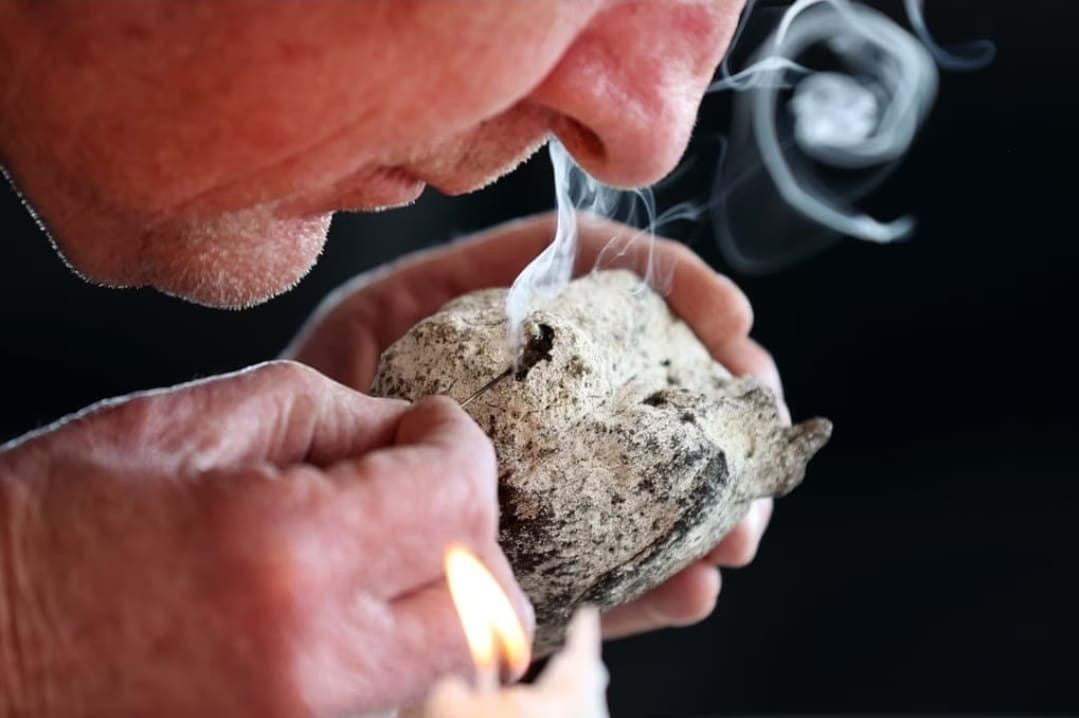
The Timeless Elegance of Ambergris in Perfumery
Share
Ambergris, often heralded as “floating gold,” is one of nature’s most enigmatic treasures - a substance steeped in mystery, intrigue, and artistry. Its history is as rich and multifaceted as the luxurious fragrances it has graced. From its origins in the depths of the ocean to its enduring legacy in modern perfumery, ambergris remains a symbol of opulence and the sublime craftsmanship of scent.
What is Ambergris?
Ambergris is a rare, waxy substance formed in the digestive system of sperm whales, a natural defense against sharp objects such as squid beaks. Over time, it hardens, matures, and is eventually expelled into the ocean, where it embarks on a long journey, washing ashore to be discovered like a hidden gem.
While its origins may seem unrefined, ambergris possesses an olfactory complexity unmatched by any other natural ingredient. Its scent - a harmonious blend of earth, sea, sweetness, and musk - has been celebrated for centuries as a cornerstone of fine perfumery. Beyond its evocative fragrance, it acts as a fixative, imparting depth and unparalleled longevity to perfumes, elevating them from ephemeral notes to timeless experiences.
A Storied History
The allure of ambergris stretches back to antiquity. The Ancient Egyptians revered it as incense, while the Chinese poetically described it as “dragon’s spittle fragrance.” In medieval Europe, its scarcity and enigmatic origins wove a tapestry of myths, where some believed it to have celestial roots or connections to sea monsters. It was not only prized in perfumery but also in medicine and cuisine, enjoyed as a rare spice by nobility.
During the Renaissance, ambergris became a hallmark of elite European society. Its musky sweetness was employed to mask unpleasant odors, and it was even believed to possess aphrodisiac properties. King Charles II of England, a connoisseur of luxury, famously enjoyed ambergris mixed with eggs - a breakfast befitting royalty.
Ambergris and the Golden Age of Perfume
Ambergris’s role in perfumery can be traced as far back as the 10th century, but its prominence soared during the 18th and 19th centuries with the rise of modern perfumery in France. Coveted for its ability to bind and enhance delicate notes, ambergris lent a sensual depth to iconic fragrances crafted by houses like Chanel and Guerlain, securing its status as an irreplaceable luxury.
However, the decline of ambergris in mainstream perfumery was inevitable. Ethical and environmental concerns surrounding sperm whales, now protected under the Convention on International Trade in Endangered Species (CITES), led perfumers to seek alternatives.
The Rise of Synthetic Elegance
In response to these challenges, science offered a solution: synthetic substitutes that preserve the magic of ambergris while honoring ethical principles. Ambroxan, the most celebrated synthetic alternative, emerged in the 1950s. This molecule captures the essence of natural ambergris - its musky warmth and marine sensuality - while ensuring sustainability. Ambroxan has since become a mainstay in modern perfumery, seamlessly bridging tradition and innovation.
Yet, the romance of natural ambergris endures. Its rarity and organic origin continue to captivate perfumers and collectors, elevating it to a treasure of the niche and bespoke fragrance world.
The Enduring Allure
Ambergris remains an enduring emblem of luxury, artistry, and nature’s mystery. Though its use has become rarer, its legacy persists in the imagination of perfumers and enthusiasts alike. For those fortunate enough to stumble upon a piece washed ashore, ambergris is not merely a discovery but a treasure - one that speaks of the ocean’s timeless secrets and humankind’s quest to capture beauty.
In the ever-evolving world of perfumery, ambergris stands as a testament to the harmonious intersection of nature and creativity. Its story is more than history; it is a celebration of the pursuit of rare and transcendent scents that stir the soul, weaving art, science, and wonder into every drop of fragrance.
